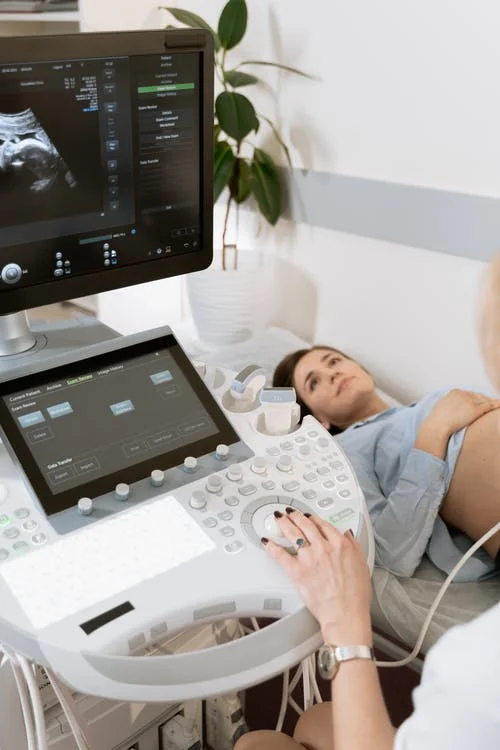 Thermography uses infrared cameras to look at abnormally cold or hot areas on an element operating under typical conditions. It is a non-destructive examination technique helpful in the discovery of corrosions in metallic material. Moreover, it is a simple and effective technique of all the thermal inspection techniques. There are various applications of this procedure. Thermography is beneficial for detecting erosion or corrosion damage in plants that operate at an elevated temperature. In addition to this, it helps check internal or fouling plugging of the piping system and checking the quality of refractory lining.
Thermography uses infrared cameras to look at abnormally cold or hot areas on an element operating under typical conditions. It is a non-destructive examination technique helpful in the discovery of corrosions in metallic material. Moreover, it is a simple and effective technique of all the thermal inspection techniques. There are various applications of this procedure. Thermography is beneficial for detecting erosion or corrosion damage in plants that operate at an elevated temperature. In addition to this, it helps check internal or fouling plugging of the piping system and checking the quality of refractory lining.
Using thermography, you better expose the temperature of the object. It is a non-contact, rapid, wide-area inspection procedure that is easy to use and interpret. It is a technique applied for the plant but is specifically suited to those operating at an elevated temperature. The procedure may also be for composition changes, leak detection, and disbonds in laminate. However, remember it is a surface technique and may not be used for looking through a thick layer of lagging for corrosion and effect.
Different categories of thermography
In medical science, the procedure is a test used with the help of infrared cameras for detecting blood flow and heat patterns in body tissue. DITI, or digital infrared thermal imaging, is thermography used at Pro Health Center . It reveals abnormalities of the breast and temperature differences. The test aims to see how the cancer cells multiply. One benefit of thermography is that it does not produce radiation similar to mammography. However, it is a viable form of thermal imaging. There are two popular variants of thermography, which include passive and active. Discuss these in detail:
- Passive: The process is for medical diagnosis and surveillance. The features get emphasized at lower or higher temperatures compared to the background.
- Active: Energy sources needed for producing thermal contrast between the background and the area under surveillance. The procedure is necessary in multiple cases where the inspection part must be in equilibrium with the surrounding.
Hence, for proper evaluation of these areas, this approach becomes vital.
Advantages of infrared thermography testing
The main advantage of thermography over destructive testing is its ability to scan large areas fast and with no destruction during the testing. The result helps you save time, work, people, and machinery. In addition to this, these devices are risk-free because they do not give away radiation. It records infrared radiation given out from the material under assessment. Moreover, thermography is known as the area investigating technique. The non-destructive procedure is not a line or point testing method.
Infrared thermography testing helps in condition monitoring. It helps detect thermal anomalies, heat-related issues, mechanical issues, etc. Since it does not give out radiation, it does not create any problem in the individual after the complete evaluation. Moreover, thermographic testing can be performed during the night and day; thus, there are no fixed time or hours. Finally, it is environmentally a sound procedure because it does not give out outdoor radiation and thereby conserves the ecosystem.

